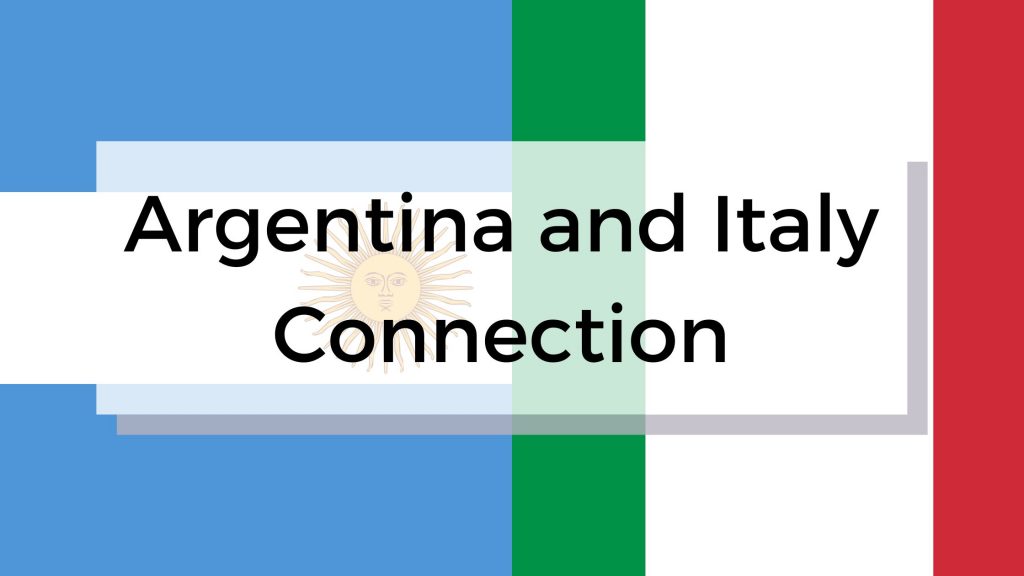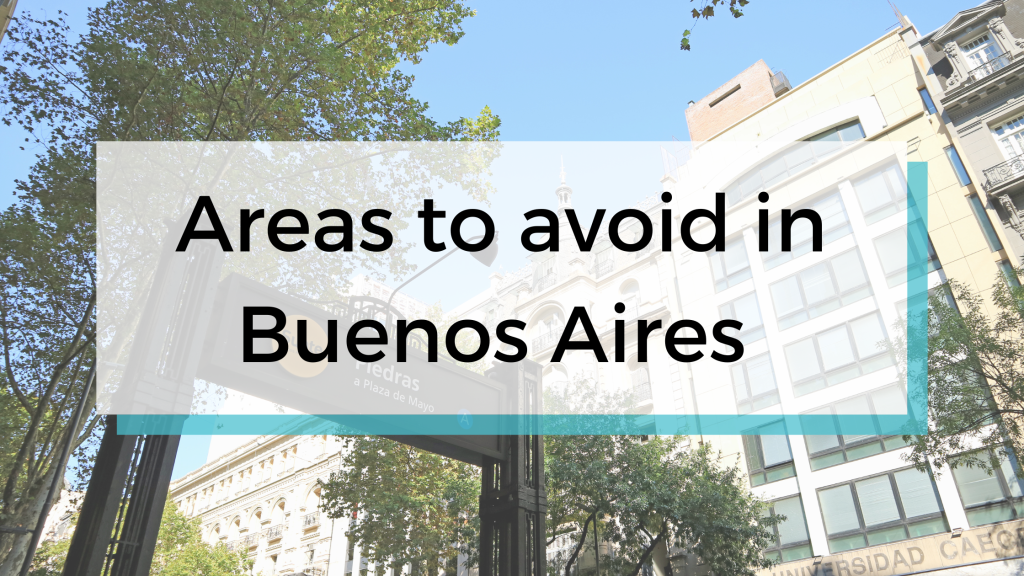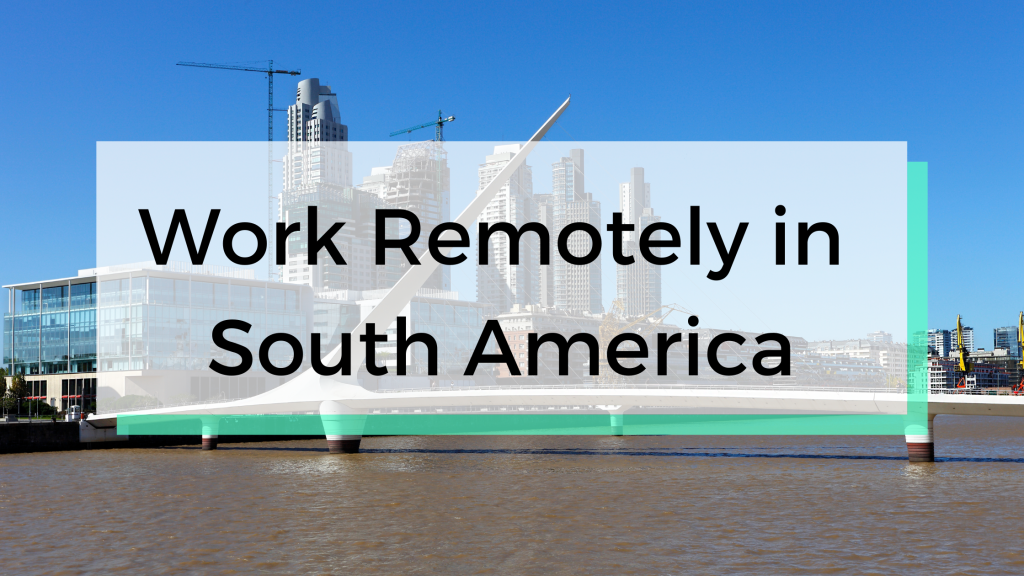The main connection between Italy and Argentina is the immigration period when thousands of Italians traveled to Argentina, arrived at the port, and settled in Buenos Aires.
Thousands of families, like mine, have Italian grandparents and ancestors. The Italian culture, food and language mixed with the rioplatense (from Río de la Plata, Buenos Aires) and that’s why we have many similarities, like our accent and hand gestures when speaking.
A history of Italian immigration in Argentina:
Historians have recognized three important periods in the Italian migratory flow to Argentina.
The Great Wave (1854-1914)
This period represents 60% of the total of all Italian immigration in Argentina, mainly composed of northern peasants from regions such as Piedmont, Liguria, Veneto, Friuli-Venezia Giulia, and Lombardy. According to the reports of the Migration Office, between 1857 and 1899, 1,100,000 Italians arrived in Argentina.
Among some of the measures adopted, it was also arranged that once they arrived in Argentina, the immigrants would be lodged in the “Hotel de Inmigrantes” Buenos Aires, where they would be given a food ration for five days, would sleep in large rooms differentiated by sex and would receive treatment if they became ill.
This circumstance was also reflected in the 1895 census, which showed that 49% of the population in Buenos Aires was of Italian origin.
| Nowadays, you can visit ‘El Museo de los Inmigrantes’ (Immigrants museum) where you’ll see exhibitions to learn the history of Immigration in Argentina. – Free entrance – Tuesday to Sunday – 11 AM to 6 PM – Book your visit through the app or by email: visitasmuntref@untref.edu.ar During the school year (usually between April to Nov) there might be tours for schools, so these days will be busier than in other seasons. |
Interwar period (1920-1945)
Although during the first war, many Italians returned to their country, between 1921 and 1947, 850,000 Italians arrived in Argentina.
The rise of Mussolini forced into exile those who were opponents of the regime and then, with the racial laws, Italian Jews.
Post-war period (1946-1960)
This third period coincided with the joint will of the Argentine and Italian governments to enter into bilateral agreements to program the migratory flow. Between 1947 and 1954, around 500,000 Italians arrived in the country; 75% of them settled in the Federal Capital and Greater Buenos Aires.
Argentina was once again facing a period of strong economic growth with the expansion of the national industry. In this sense, faced with the need for a skilled labor force, mainly specialized and technical workers, the Peronist regime looked favorably on the arrival of Italian immigrants.
On the one hand, because of their strong social values and dedication to work, and on the other because they guaranteed a secure anti-communist, Catholic and family faith. And perhaps also because of the Italian origin of President Juan Domingo Perón.
How big is the Italian influence in Argentina?
Surnames are the biggest characteristic of Italian influence, there are hundreds of Italian surnames like Bellini, Colombo, Martini, Russo, Bianchi, and Del Vecchio among many others.
Language and intonation, the creation of new words derived from Italian, called lunfardo, and consequently accepted and incorporated by the Spanish Royal Academy into the Spanish dictionaries. Some examples of words are: laburar (to work), pantalones (trousers) and facha (appearance).
Hand gestures are a result of adopting Italian culture. The most common is the one below that means ‘what are you saying?’, it’s usually used when we are angry and upset.

Argentinians with Italian heritage are very proud of their roots and values. Like me, we are used to family gatherings with loads of food, usually speak more loudly and family bonds are very important. We are very expressive with our emotions and we don’t usually hide them. Some foreigners might find it a bit strange that we hug and kiss every time we greet others.
Because most Italians arrived in Buenos Aires, settled in the port with their families and started working, work has a special meaning for Argentinians. Similar to owning a house, there’s even a phrase ‘el ladrillo’ (the brick) meaning that you should make getting a house for your family a top priority.
We are also very close to our Italian grandparents and we have many anecdotes and a special connection to food, mainly pasta.
Bureaucracy is something we have in common with Italy. Sometimes getting something that should be easy to do, can take a very long time and a lot of paperwork!
Food is another big feature of Italian immigration. In the city, you’ll find lots of pizzerias and ice cream parlors, some with Italian names, recipes, and designs. I recommend visiting Pizza Paradisso by a famous Italian chef Donato de Santis.
On June 3, Argentina celebrates the Day of the Italian Immigrant by remembering the birth of Manuel Belgrano, father of the Argentine homeland and son of an Italian immigrant.
On the occasion of this event, there is usually a paid homage to Italian immigrants with events: sometimes a photographic exhibition, a food festival, or a showcase of Italian movies.
Do people call themselves Italian Argentine/Argentine Italian?
In Argentina, people with Italian ancestry do not call themselves Italians. Unlike other countries, where people refer to their nationality as that of one of their grandparents, it’s not the case in Argentina.
People acknowledge the fact that they are second or third-generation Italians, but they choose Argentina as their nationality everywhere they go.
Final thoughts
Because of all the shared history with Italy, nowadays there is a very special relationship between Argentina and Italy. Many people travel to Italy to find their relatives or learn about their ancestors.
Hundreds of Argentines are also able to get Italian citizenship due to their family connections, this is called “ius sanguinis” which means that a child born of an Italian father or Italian mother is Italian. By paternal line, citizenship is transmitted from father to son without generation limits.
👉 Check out these other related posts about Buenos Aires!
What does CABA mean in Argentina address?
CABA is an area in Buenos Aires that stands for: Ciudad Autónoma de Buenos Aires….
What areas to avoid in Buenos Aires as a tourist
The areas to avoid in Buenos Aires as a tourist are Barracas, Retiro, Constitucion, and…
5 Places To Work Remotely in South America in 2023
So you want to escape the cold winter in Europe or North America….. Well, South…
Is Buenos Aires a Good Place to Learn Spanish?
Buenos Aires is a fantastic city to visit, but it’s also a great place to…
Working Remotely in Argentina (Ultimate Guide for 2023)
Argentina is a fantastic place to work remotely. If you can, then you should definitely…
Is Buenos Aires Good for Digital Nomads?
Buenos Aires is a great place for digital nomads as it combines the low cost…







